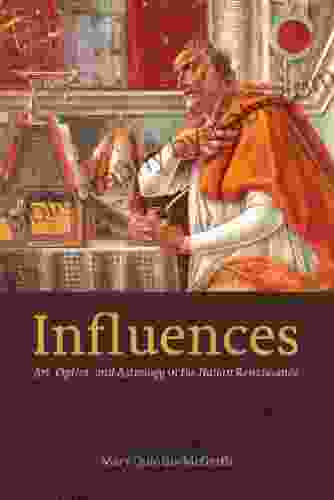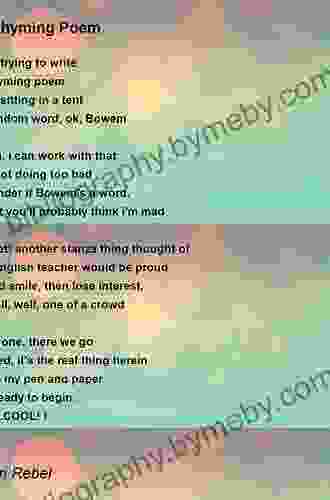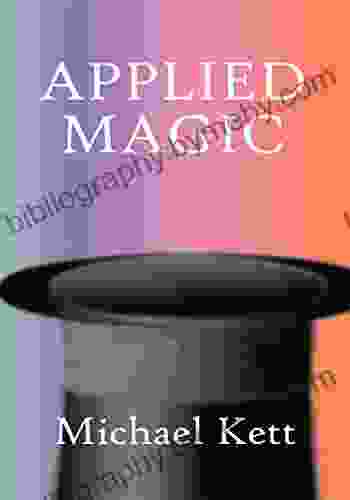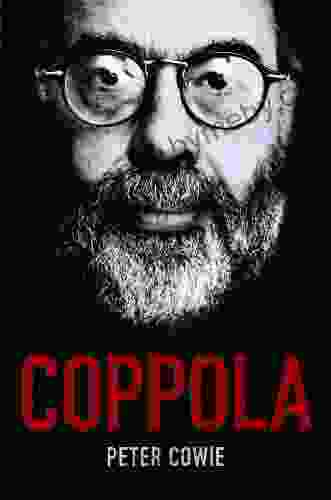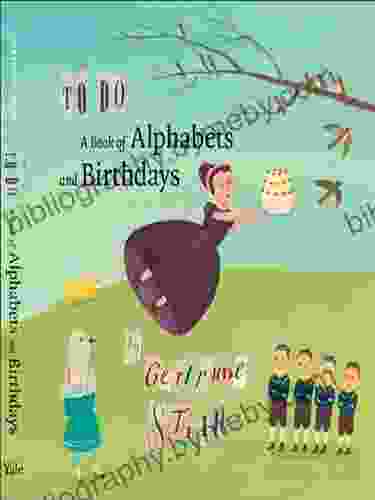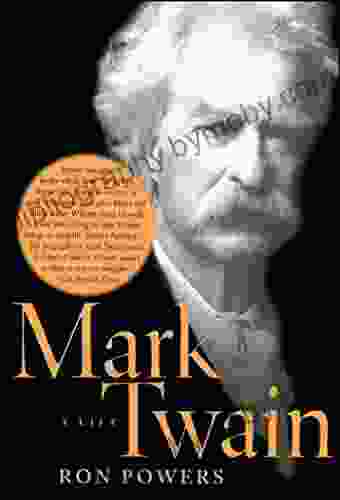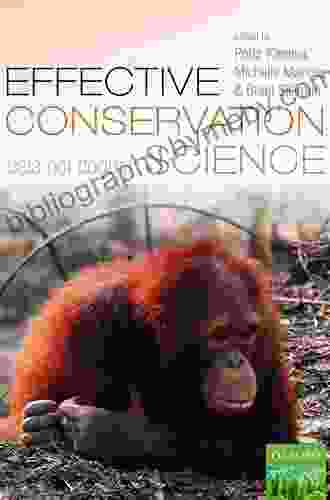Art, Optics, and Astrology in the Italian Renaissance

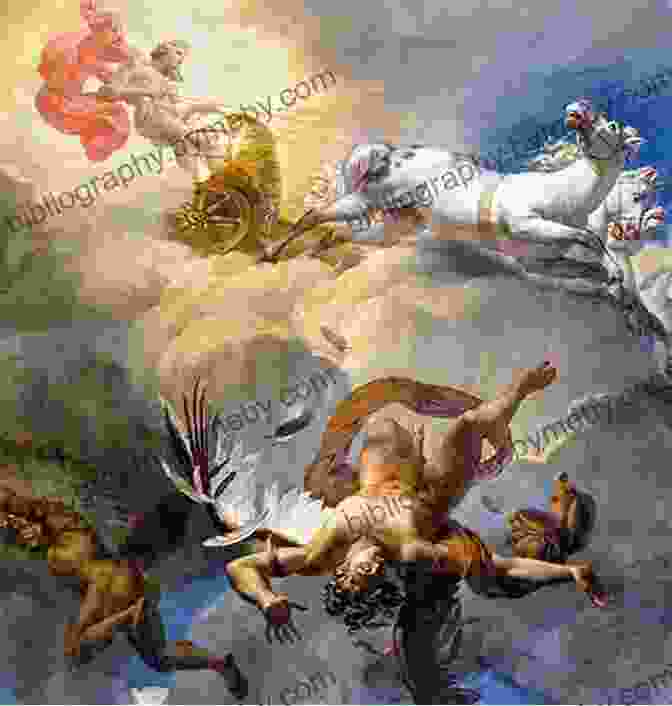
The Italian Renaissance was a period of great cultural and intellectual ferment, and it saw the rise of new ideas in art, science, and philosophy. One of the most important developments of this period was the emergence of a new understanding of optics and its relationship to art. This new understanding led to a number of innovative artistic techniques, such as the use of perspective and chiaroscuro, and it also had a profound impact on the way that artists depicted the human body and the natural world.
4.9 out of 5
| Language | : | English |
| File size | : | 12774 KB |
| Text-to-Speech | : | Enabled |
| Screen Reader | : | Supported |
| Enhanced typesetting | : | Enabled |
| Word Wise | : | Enabled |
| Print length | : | 304 pages |
| Lending | : | Enabled |
In addition to optics, astrology also played a significant role in the art of the Italian Renaissance. Astrologers believed that the positions of the stars and planets at the time of a person's birth could influence their character and destiny. This belief led to a number of artistic conventions, such as the use of astrological symbols to represent different characters and the depiction of celestial events in religious paintings.
The relationship between art, optics, and astrology in the Italian Renaissance is a fascinating and complex one. This article will explore this relationship in more detail, and it will provide examples of how these three disciplines influenced the art of the period.
Optics and the Italian Renaissance
The development of a new understanding of optics was one of the most important scientific advances of the Italian Renaissance. This new understanding was based on the work of Arab scholars, such as Alhazen, who had developed new theories about the way that light travels and interacts with objects. These theories were then further developed by European scholars, such as Roger Bacon and Johannes Kepler, who used them to create new instruments, such as the telescope and the microscope.
The new understanding of optics had a profound impact on the art of the Italian Renaissance. Artists began to use perspective to create the illusion of depth in their paintings, and they also began to use chiaroscuro to create the illusion of light and shadow. These techniques allowed artists to create more realistic and lifelike images than ever before.
One of the most famous examples of the use of perspective in Renaissance art is Leonardo da Vinci's painting "The Last Supper." In this painting, da Vinci uses perspective to create the illusion of a deep space, and he also uses chiaroscuro to create the illusion of light and shadow. This combination of techniques creates a sense of realism and drama that is truly breathtaking.
Another example of the use of optics in Renaissance art is the work of Giovanni Bellini. Bellini was a Venetian painter who was known for his use of color and light. In his painting "The Feast of the Gods," Bellini uses a variety of colors and light to create a sense of atmosphere and mood. This painting is a beautiful example of the way that artists used optics to create new and innovative artistic effects.
Astrology and the Italian Renaissance
Astrology was a popular belief system in the Italian Renaissance, and it had a significant impact on the art of the period. Astrologers believed that the positions of the stars and planets at the time of a person's birth could influence their character and destiny. This belief led to a number of artistic conventions, such as the use of astrological symbols to represent different characters and the depiction of celestial events in religious paintings.
One of the most famous examples of the use of astrology in Renaissance art is Sandro Botticelli's painting "The Birth of Venus." In this painting, Botticelli depicts Venus, the goddess of love, being born from a scallop shell. The painting is filled with astrological symbolism, and it is believed that Botticelli used the positions of the stars and planets to determine the date of Venus's birth.
Another example of the use of astrology in Renaissance art is the work of Albrecht Dürer. Dürer was a German painter and engraver who was known for his detailed and realistic depictions of the human body. In his painting "Melancholia I," Dürer depicts a woman seated on a throne, surrounded by astrological symbols. The painting is a meditation on the nature of melancholy, and it is believed that Dürer used astrology to explore the psychological and emotional aspects of this condition.
The relationship between art, optics, and astrology in the Italian Renaissance is a fascinating and complex one. This relationship has had a profound impact on the art of the period, and it has helped to shape the way that we see the world today.
The Italian Renaissance was a time of great cultural and intellectual ferment, and it saw the rise of new ideas in art, science, and philosophy. The relationship between art, optics, and astrology is just one example of the way that the Renaissance changed the way that we think about the world.
4.9 out of 5
| Language | : | English |
| File size | : | 12774 KB |
| Text-to-Speech | : | Enabled |
| Screen Reader | : | Supported |
| Enhanced typesetting | : | Enabled |
| Word Wise | : | Enabled |
| Print length | : | 304 pages |
| Lending | : | Enabled |
Do you want to contribute by writing guest posts on this blog?
Please contact us and send us a resume of previous articles that you have written.
 Book
Book Novel
Novel Page
Page Chapter
Chapter Text
Text Story
Story Genre
Genre Reader
Reader Library
Library Paperback
Paperback E-book
E-book Magazine
Magazine Newspaper
Newspaper Paragraph
Paragraph Sentence
Sentence Bookmark
Bookmark Shelf
Shelf Glossary
Glossary Bibliography
Bibliography Foreword
Foreword Preface
Preface Synopsis
Synopsis Annotation
Annotation Footnote
Footnote Manuscript
Manuscript Scroll
Scroll Codex
Codex Tome
Tome Bestseller
Bestseller Classics
Classics Library card
Library card Narrative
Narrative Biography
Biography Autobiography
Autobiography Memoir
Memoir Reference
Reference Encyclopedia
Encyclopedia Jess Mahler
Jess Mahler Funskill Brew
Funskill Brew Mark Robson
Mark Robson Gertrude Stein
Gertrude Stein Jessie Rancourt
Jessie Rancourt Richard M Burton
Richard M Burton James R Hansen
James R Hansen Michael Lindsay Hogg
Michael Lindsay Hogg Taylor Fitzgerald
Taylor Fitzgerald George S Clason
George S Clason Nancy Carpenter
Nancy Carpenter Gerald Sherwood
Gerald Sherwood Gill Barron
Gill Barron Gary Jones
Gary Jones Lily Luchesi
Lily Luchesi Julie Mosier
Julie Mosier Jennifer Brozek
Jennifer Brozek Timothy Gowers
Timothy Gowers Gay Robins
Gay Robins Howard Beckerman
Howard Beckerman
Light bulbAdvertise smarter! Our strategic ad space ensures maximum exposure. Reserve your spot today!
 Foster HayesFollow ·7.3k
Foster HayesFollow ·7.3k Houston PowellFollow ·13k
Houston PowellFollow ·13k Elias MitchellFollow ·4.1k
Elias MitchellFollow ·4.1k Patrick HayesFollow ·12.4k
Patrick HayesFollow ·12.4k Oscar WildeFollow ·19.7k
Oscar WildeFollow ·19.7k Colt SimmonsFollow ·16.8k
Colt SimmonsFollow ·16.8k Dylan MitchellFollow ·7.3k
Dylan MitchellFollow ·7.3k Terence NelsonFollow ·10.5k
Terence NelsonFollow ·10.5k
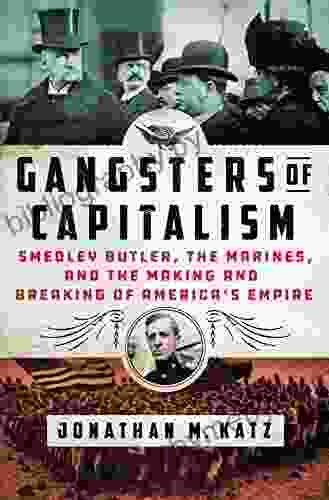
 Brian West
Brian WestSmedley Butler: The Marines and the Making and Breaking...
: A Marine's...
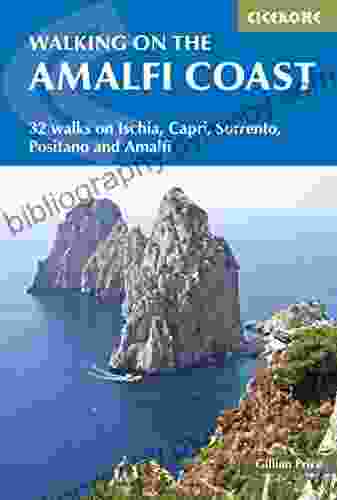
 Gabriel Garcia Marquez
Gabriel Garcia MarquezIschia, Capri, Sorrento, Positano, And Amalfi: An...
Explore the...

 Felix Carter
Felix CarterAdorn Your Little Princess with Fleur Ange's Exquisite...
Welcome to the enchanting...

 Kelly Blair
Kelly BlairUnveiling the Secrets of the Historical Way and Fishermen...
Step into the pages...

 Angelo Ward
Angelo WardKnit the Cutest Thumbless Mittens for Your Little One:...
Prepare to be...
4.9 out of 5
| Language | : | English |
| File size | : | 12774 KB |
| Text-to-Speech | : | Enabled |
| Screen Reader | : | Supported |
| Enhanced typesetting | : | Enabled |
| Word Wise | : | Enabled |
| Print length | : | 304 pages |
| Lending | : | Enabled |


